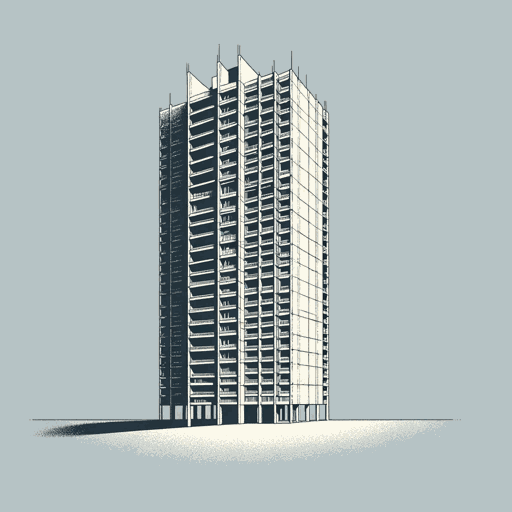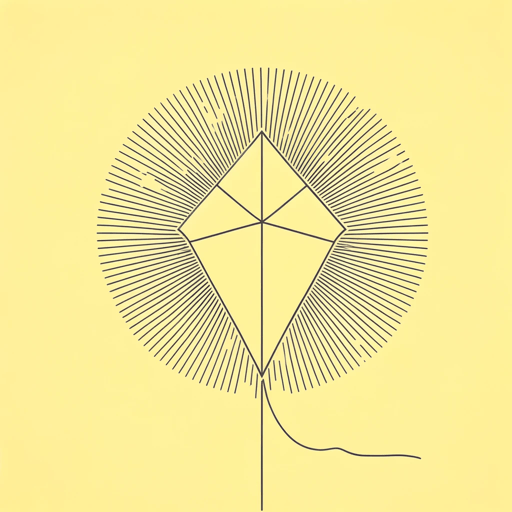52 pages • 1 hour read
J. G. BallardHigh-Rise
Fiction | Novel | Adult | Published in 1975A modern alternative to SparkNotes and CliffsNotes, SuperSummary offers high-quality Study Guides with detailed chapter summaries and analysis of major themes, characters, and more.
Symbols & Motifs
The Primal and the Televisual
Television is everywhere in High-Rise. Muted TVs are always on in residents’ apartments. Many of them work in television—such as the newsman and middle-floor leader Paul Crosland. Wilder plans to make a TV documentary on life in the high-rise. TV seeps into the lives of the residents, and in turn they imitate TV scenes: When Laing’s clan assaults the masseuse at the elevators, they appear to Laing like “a group of unrehearsed extras playing a lynch scene” (38). Such scenes indicate a breakdown of the boundary between fiction and reality: TV infects the minds of the residents with the impulse to recreate its scenes.
TV is more meaningful than the residents’ actual lives. Throughout the novel the residents are described as behaving like TV actors on set. When the cocktail party on the roof accosts Laing, they suddenly walk away when the jeweler calls out like a director: “[T]he guests casually dispersed, like a group of extras switched to another scene. Without thinking, they strolled back to their drinks and canapés” (31). Such metaphors make the residents appear as if they are on TV—and in fact they are, in a way—producing their own mondo reels of theatrical violence and sex for later viewing in the cinema.
Related Titles
By J. G. Ballard




